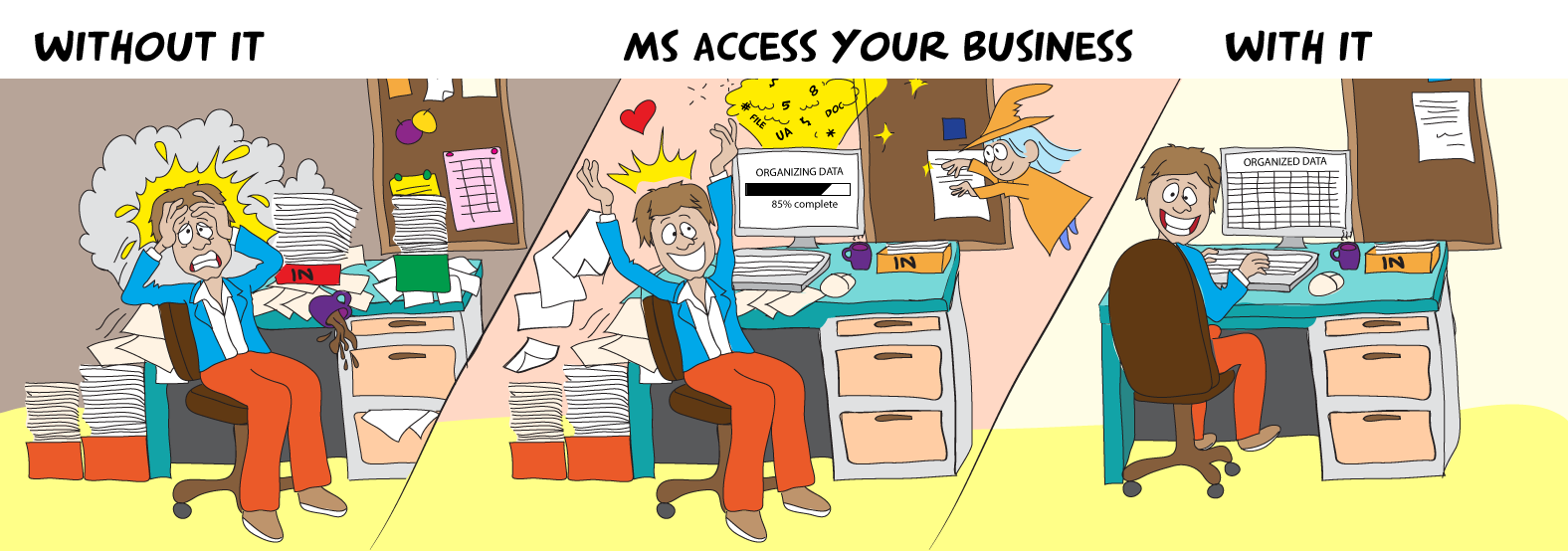- Local time
- Today, 05:12
- Joined
- Feb 28, 2001
- Messages
- 31,049
Are you using MVF's in this application?
He mentioned that usage in passing in one of the long-winded discussions.
Are you using MVF's in this application?
Although lots of people avoid mvf for many reasons, the hidden table is properly normalized. It is either a junction table contraining the foreign key to the main table and a foreign key to a lookup table. Or it is a child table with the FK to the main table and the values.Virtually all Access developers avoid using MVF's because the values are stored in denormalized hidden tables and querying them is cumbersome.
@isladogs has a good explanationPlease explain how those hidden tables can be adequately queried to read, update, or delete values. It's my understanding that in order to retrieve one or more elements stored in arrays you have to use non_standard .value subscripted queries.

I am just glad the OP is only using ACCESS for his own purpose and not an architect designing buildings or bridges.I think an essential point to understanding the problem that is MVFs would be that they are seductive to new, inexperienced people, who are more likely to abuse and misuse them. At the same time, experienced, knowledgeable developers, who do understand the inner workings of MVFs, tend to be less motivated to use them, precisely because of that knowledge.

 niftyaccess.com
niftyaccess.com
Thousands of non-developers and beginning ACCESS users have come into this forum and taken the advice given to them. They wished to design their projects properly. This OP clearly stated he knows he is designing his project improperly; he wants to design it wrong, and several people have given advice as to how to do it correctly. He refuses to take the advice given and states he wants thousands of tables and forms and doesn't understand what is wrong with that. No one is humiliating him. He did that to himself. He does not want to use the product in the manner that it was designed to be used and refused help. I do not have any sympathy. And I still don't want him designing anything that matters if he is going to do it backwards.The OP clearly stated he is not a developer so I feel it's inappropriate to humiliate him, or any other AWF member who is not an experienced developer.
Not anymore perhaps, but he used to continually boast of his main DB he created (that had even more objects) that dealt with I cannot remember what now, such is my memory, but involved million dollar projects.The OP clearly stated he is not a developer
TBH, I would be asking why you are supplying something that whilst can be selected, should not even be shown?Some of my lookup tables have logically "Deleted" and "UserAdded" boolean columns. If a value has a Deleted checkmark, the value will still appear on the list, but an X will appear in the 2nd column of the dropdown list and users won't be able to select it. In certain comboboxes I allow users to dynamically add new values on the fly when users enter values not in list. However, a msgbox popup warns users to verify if any values already on the list should be used instead of adding the new value.
View attachment 120701View attachment 120702View attachment 120703
Welcome to AWFThe OP clearly stated he is not a developer so I feel it's inappropriate to humiliate him, or any other AWF member who is not an experienced developer.
The OP clearly stated he is not a developer so I feel it's inappropriate to humiliate him, or any other AWF member who is not an experienced developer.
There is a difference between correction and public humiliation, though, is there not?
Tolerance and Patience are virtues.
Absolutely correct, but this particular OP was not one of those people. I don't care what you are building. If you knowingly design it and build it without a proper foundation, you know what happens. C'mon man...thousands of tables and forms is just stupid. Even if the OP was not going to distribute the project file to others. Anyway, he got the answer to his question in the 2nd post. You have to do it yourself.Some ppl learn by watching others make mistakes, by taking advice, or making the mistakes themselves and realize they have to change.
Inherent sense of responsibility I suppose.And the rest is just nonsense so why are we here?
Isn't that what queries areI have been working on a database since January. I am about ready to send it to members of my family, but first I want to remove confidential data that I used to test the application.
Of the 450 tables, perhaps only 50 of them have any sensitive information that I would remove. The sensitive data are medical records. There are no social security numbers or credit card numbers, but someone may want to store that information in the future.
Perhaps only one record in a table with a hundred records may have sensitive data.
I would also like to give my family an easy way to clear out their personal data if they ever want to send the database to another family member.
Is there a tool that will do this? The tool needs to only delete selected records in a table. I will add checkbooks to tables for this purpose.
Thanks.
